
His nickname may not be very ingratiating, but in Liberia, Rafael Zúñiga is highly regarded and loved by his neighbors. They call him “Pellejo de Lora,” which loosely translates as “Parrot Skin,” and he lives near the bridge in barrio La Victoria in a house where signs talk. You can’t miss it.
“Pellejito,” as his friends call him, is adept at reciting bombas and retahílas, traditional rhyming verses and refrains that are popular in Guanacaste. He’s also good at telling folk tales and legends. But above all, he’s known for his large collection of curiosities and historical items that are housed in a museum called La Trifulca.
The museum’s name, La Trifulca, is a reference to the many street fights that used to take place on the corner in front of Zúñiga’s home. People would use the home as a reference, saying, “Estamos aquí en el museo de La Trifulca” – “We’re here in La Trifulca musem.”

Inside are dozens of notable items, including saddles, cots, fabled crosses used to ward off mythical monkey-witches of Chorotega legend, old irons, millstones, quijongos (indigenous instruments), guacales (calabash bowls), three-legged cast iron cooking pots, treasures from indigenous tombs and an old sword said to belong to Gen. Tomás Guardia, who twice governed Costa Rica from 1870-1876 and 1877 until his death in 1882.
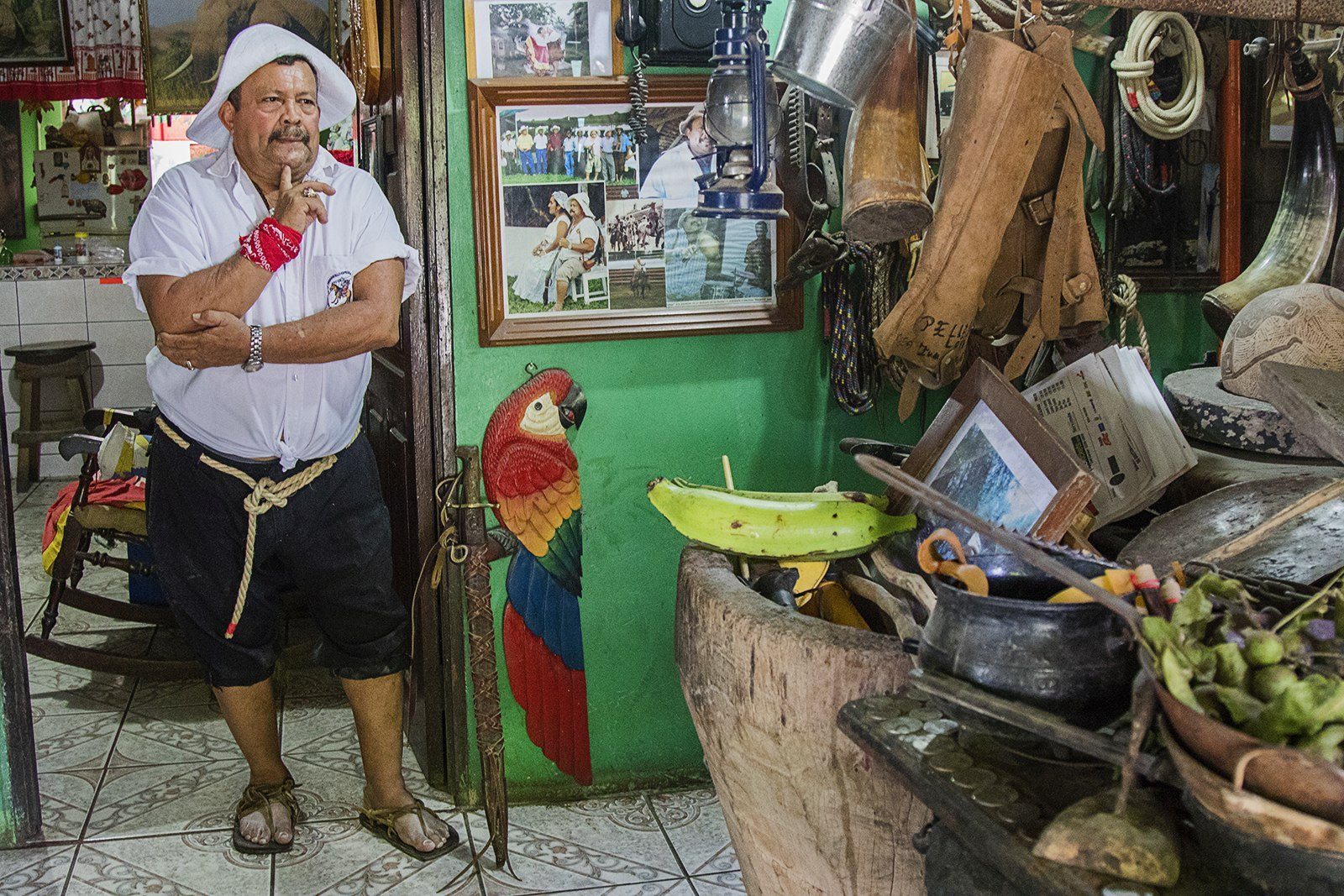
A collection of signs from the humorous to the romantic also crams the walls both inside and out, offering something for everyone. Cattle horns proclaim: “Si son suyos reclámelos” – “If these are yours, claim them.” Another sign notes: “El amor son las alas que Dios nos da para volar hacia él” – “Love is the wings that God gives us to fly towards Him.”
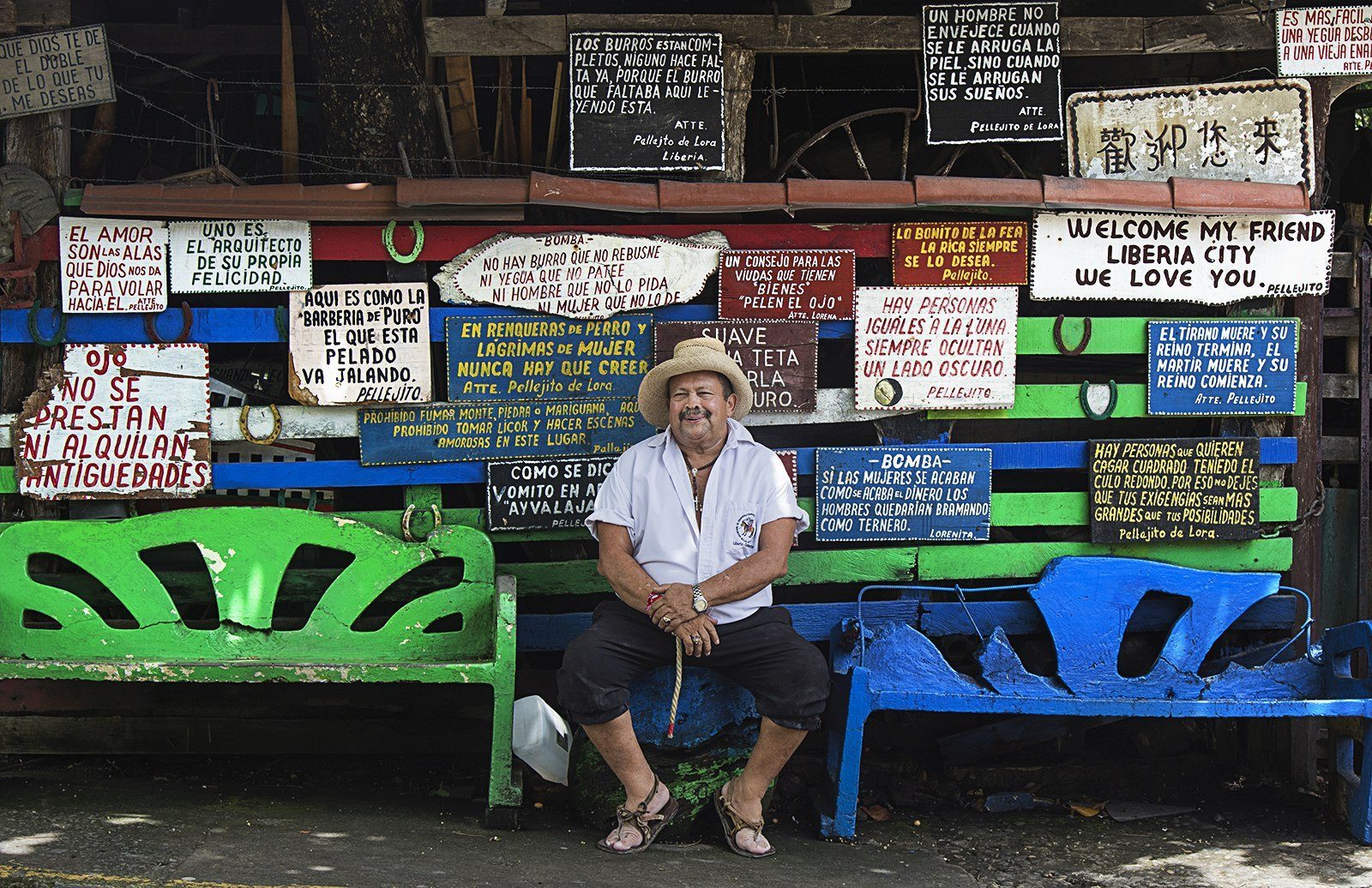
At age 42, Pellejo de Lora decided to break his alcohol habit.
The museum is Zúñiga’s way of expressing his love for Guanacastecan folklore.
Preserving the past
How did Pellejo become such an avid collector of items from the past?
“When I noticed people in Liberia demolishing their mud homes, I thought, ‘Who will remember these homes later?’” he says.
He started asking around for items to put in his museum.
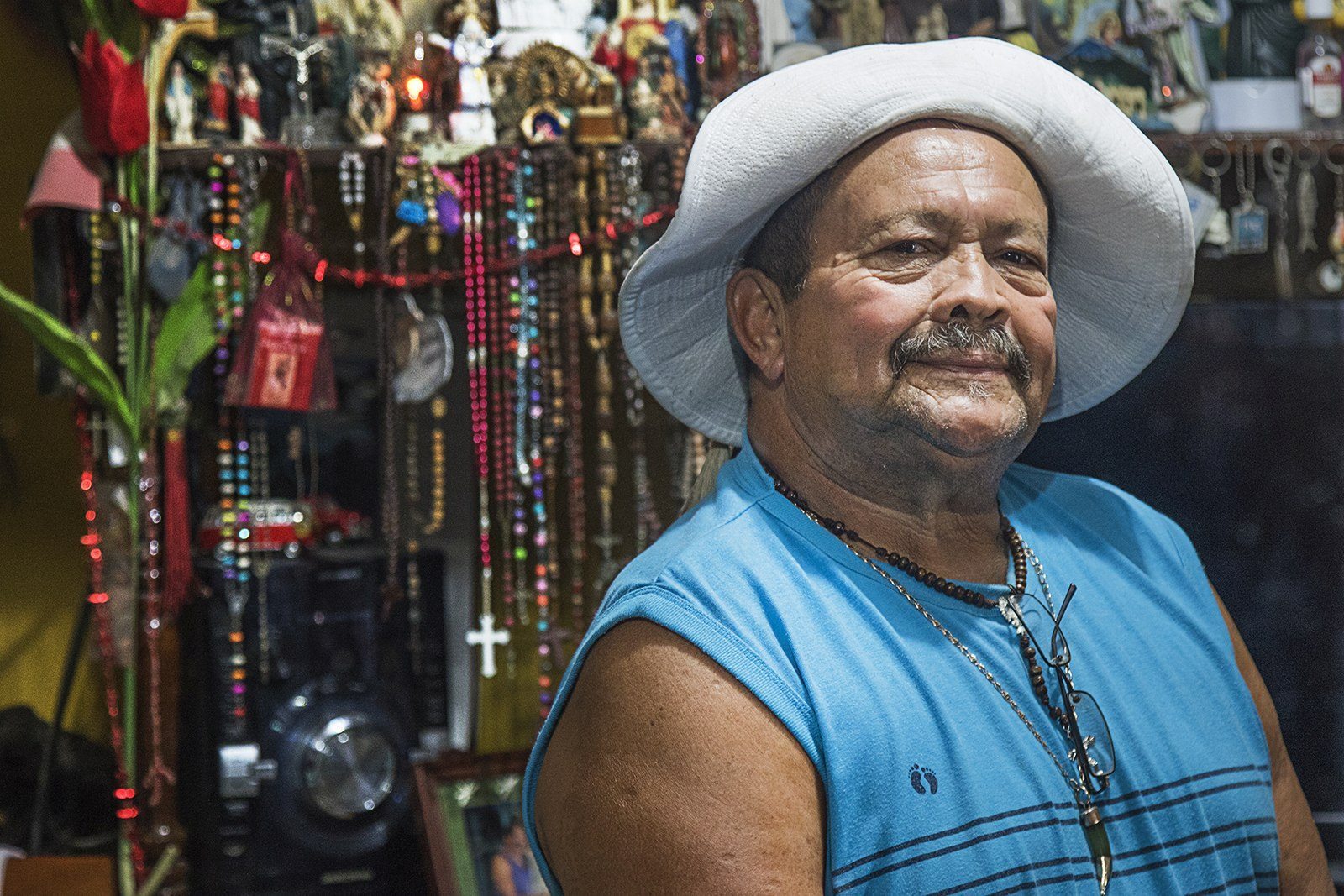
“Papito, give me something to create a small museum one day,” he would tell people. “That’s how it began. I didn’t do it to sell things or make a profit – that would have been a crime,” he adds. “It was to show future generations that which came before.”
And that, Pellejo hopes, will be his legacy: to be remembered – and even imitated – by future generations of Guanacastecos.
“People with lots of money have come here offering up to ₡300 million ($550,000) to buy this. But the day that I die it will be up to my wife and daughter to decide if they want to donate it to a school or to someone else. None of it will ever be sold,” Zúñiga says.
Taking flight and nearly losing his skin
Zúñiga’s nickname, “Pellejo de Lora,” dates back to the year 1958, when black-and-white television first arrived in the provincial capital of Liberia.
As a boy, Rafael Ángel couldn’t sit still. He earned the nickname “Canfinera,” or “oil lamp,” because he wandered around with a lamp chasing crabs, shrimp and guapotes (cichlid fish) in the Liberia River.
One day after watching the TV series “Los Halcones de Oro,” he decided to test his luck by taking to the sky.
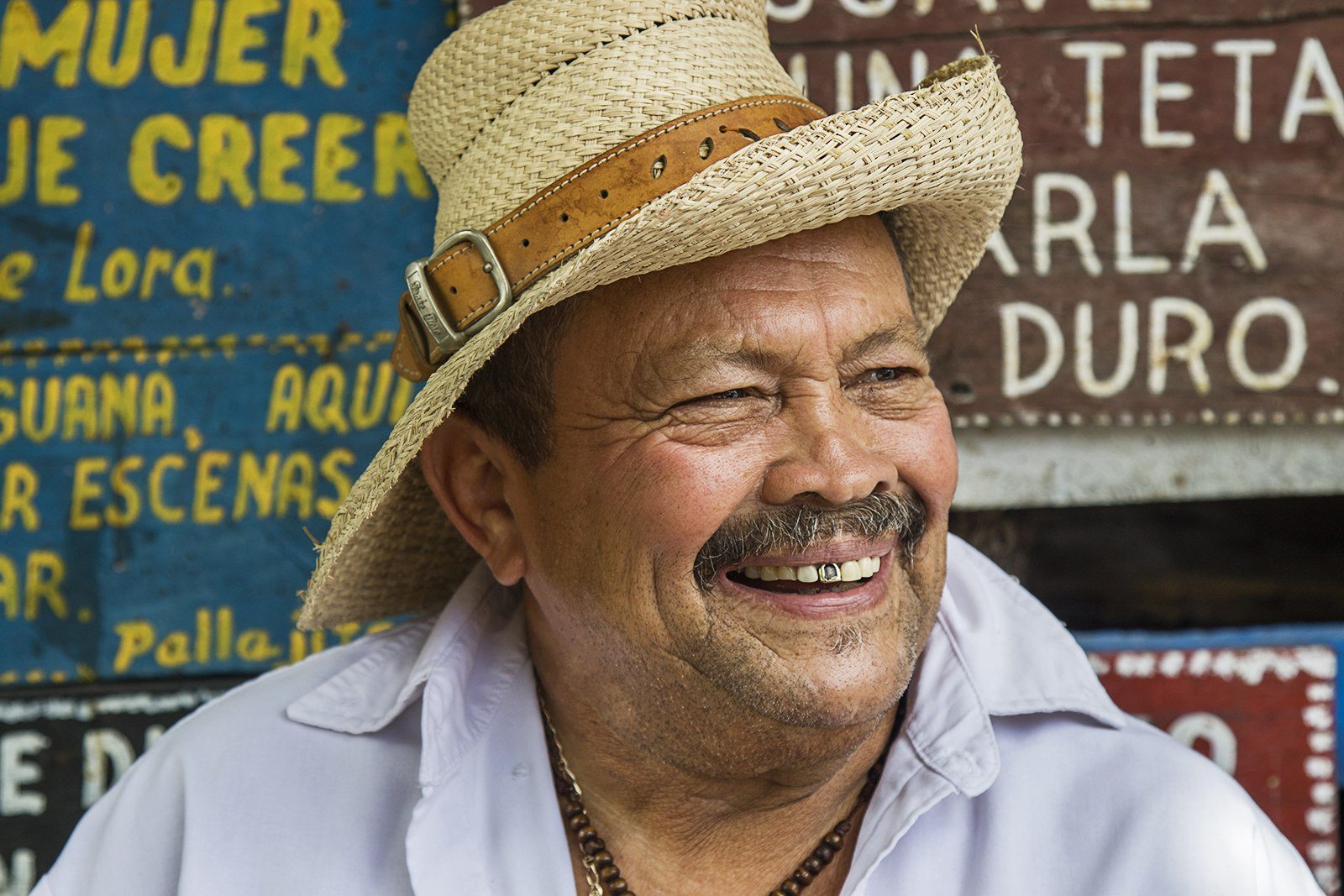
“I made some wings out of plywood and painted them green,” he recalls. “My teacher asked me, ‘What in the world are you doing, muchacho?’ I told her, ‘I’m going to fly just like they do on television.’”
“She never thought I would actually do it,” he says, “but one afternoon I went to the Bejuco water hole behind the Ermita in Liberia. There were about 15 other kids who were going to fly like me. I tied that thing, the wings, to my body with some rope I got from Juan Ponce’s pulpería, and at a height of about 34 meters I took off, straight down, and raaaaaah… I never flew, brother.
“I broke my hand, and my cheek ended up looking like Popeye’s,” he says. “My mother, armed with a large tamarind branch, went to the hospital to give it to me good, and if it hadn’t been for the doctor, I would’ve received a serious cachimbeada (beating), brother.”
Zúñiga’s failed attempt at flying and his spectacular landing became well-known around Liberia. When he later visited Lauro Obando’s mill, the story goes that she exclaimed, “¡Ay Pellejo de lora, casi te matás!” – “Ay, parrot skin, you nearly killed yourself!”
The nickname stuck.
Today, many years later, he no longer dreams of flying, but rather remembering.
“I hope that people pick up on this effort and carry it forward,” he says, “because many foreigners are coming here and our Guanacastecan identity, our traditions and our customs are getting buried.”
It’s that identity that Zúñiga says he will carry with him to the grave. Although he doesn’t yet think much about dying, when it does happen he says he would like to be carted off to the cemetery in the oxcart of his friend “Güicho” Pizarro, a well-known Liberian ox herder.
And when death does come to visit, he says he will welcome it with a few bombas or retahílas, and maybe even hang a sign outside his home that says: “La muerte quiso llevarme pero nos reímos juntos” – “Death wanted to take me, but we ended up having a laugh together.”


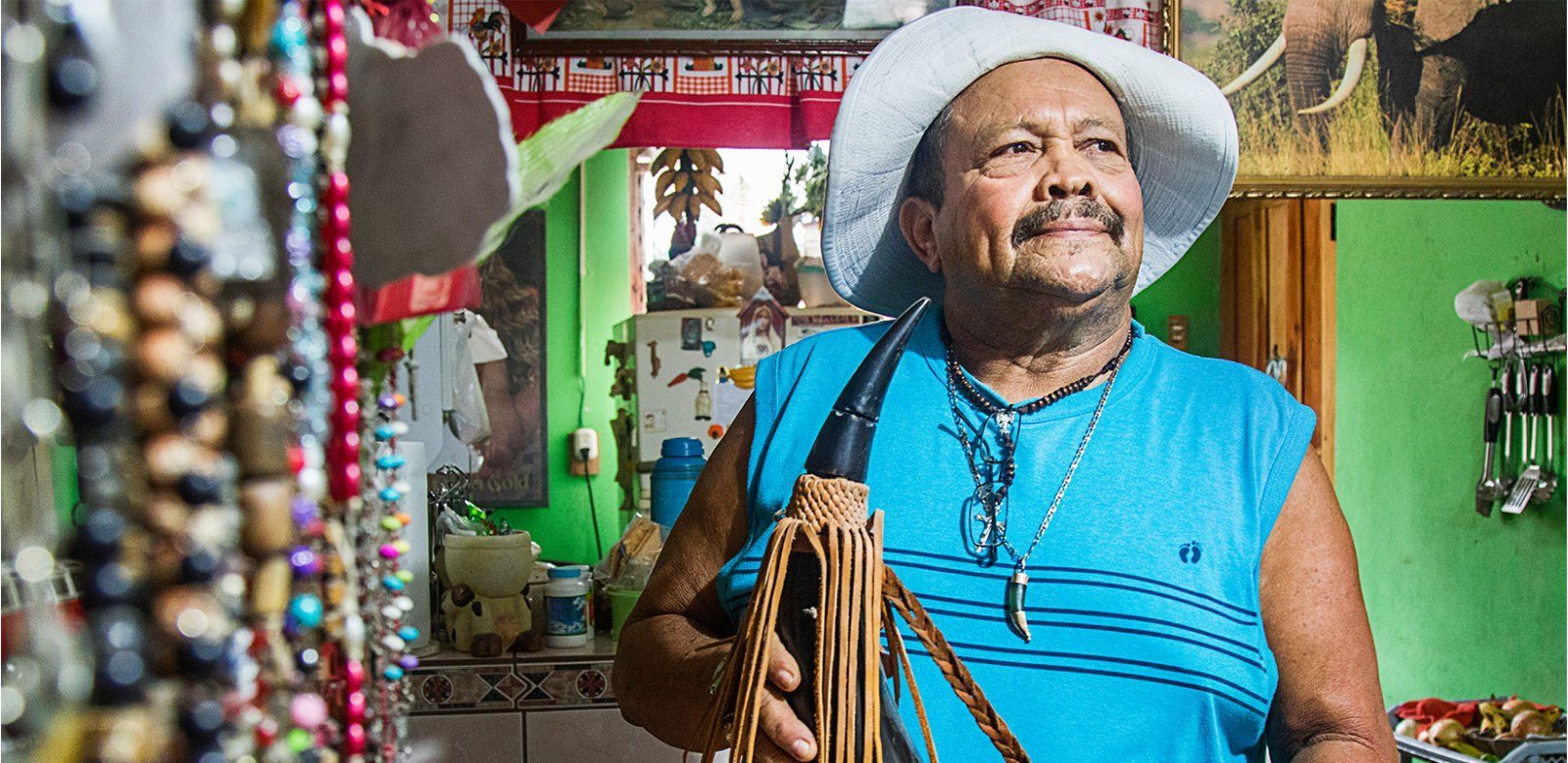
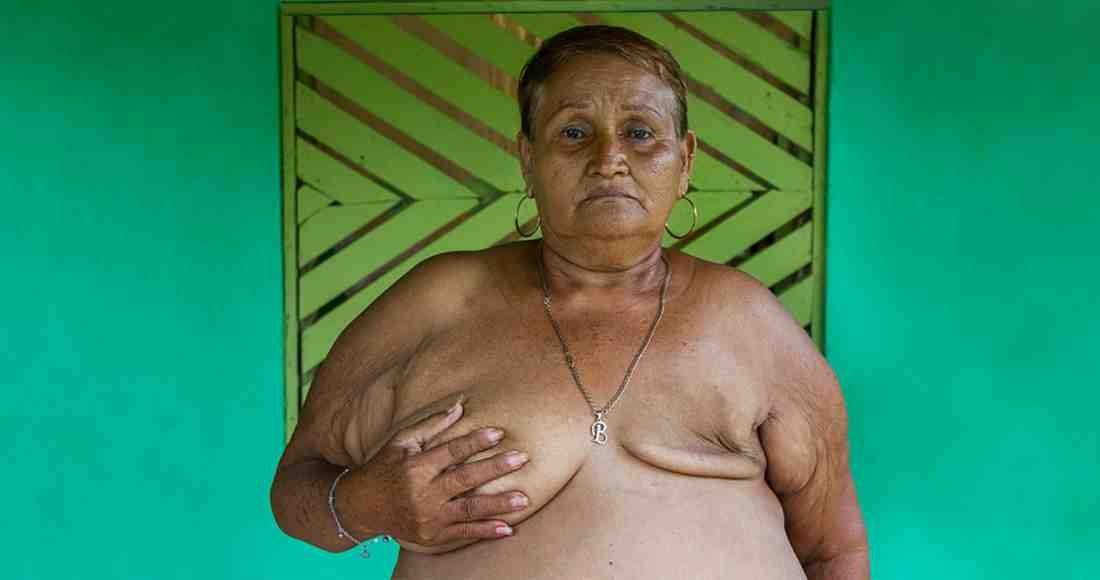
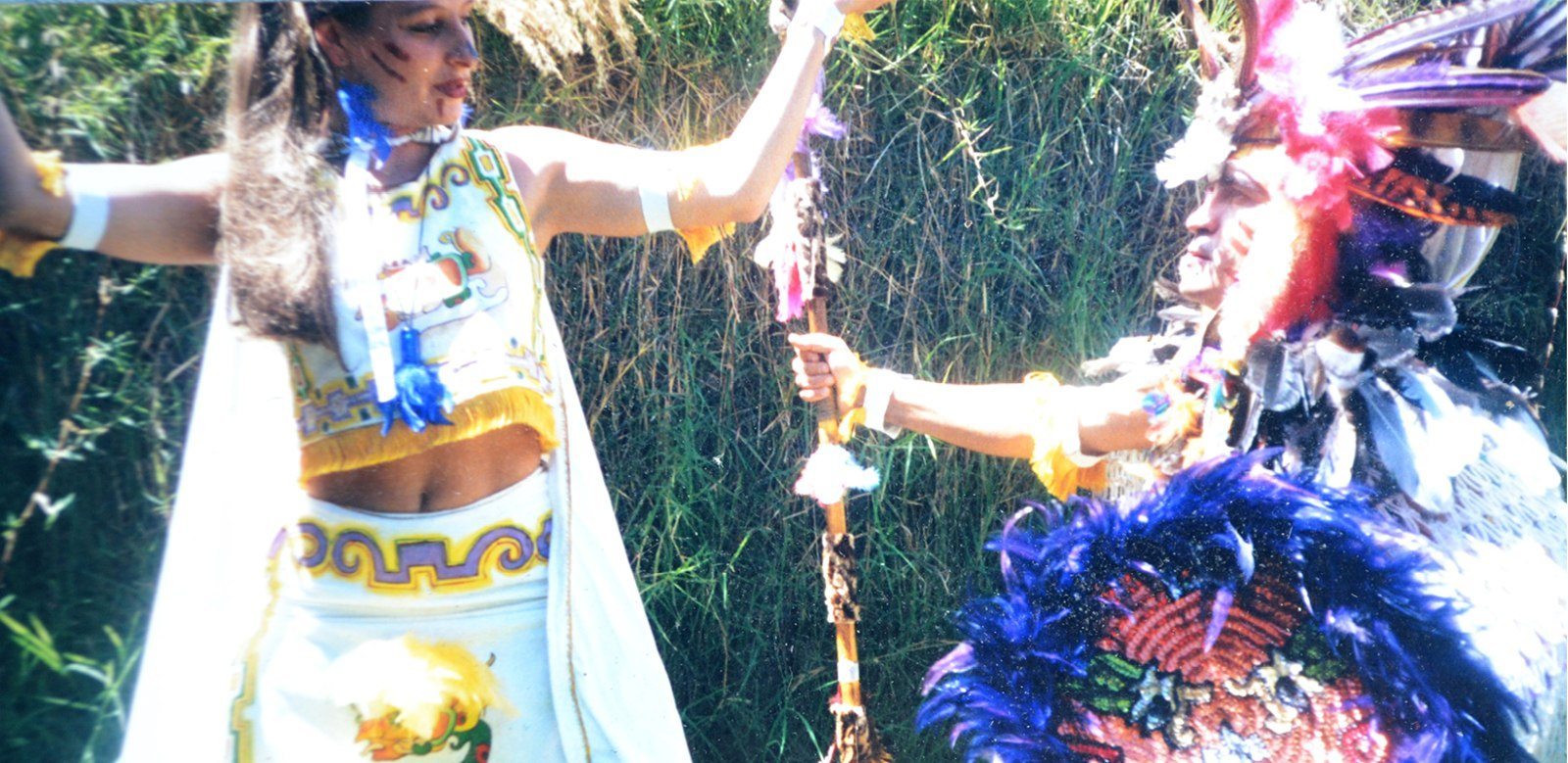
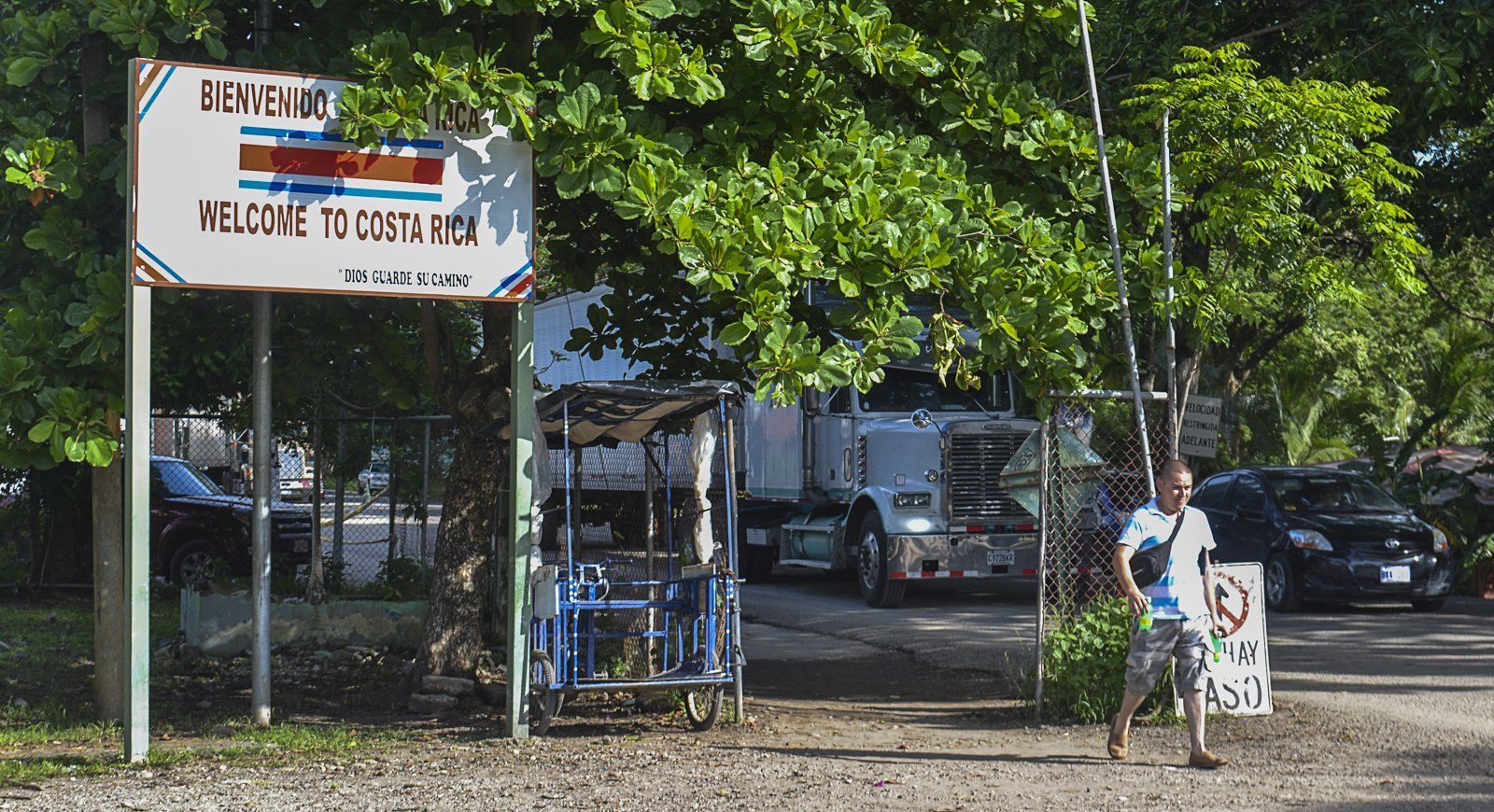

Comments